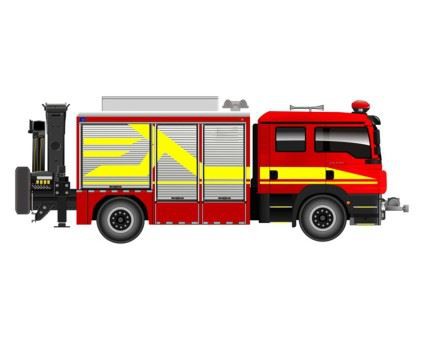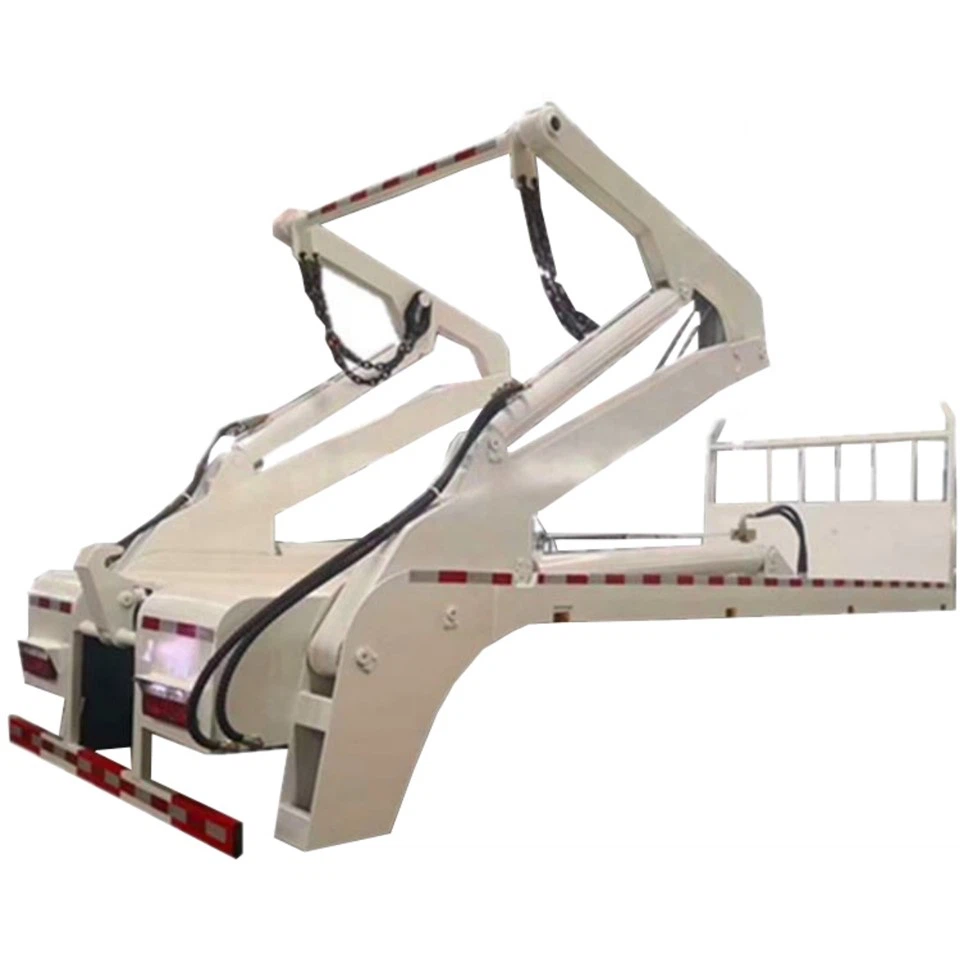Comprehensive Guide to ISO Tank Companies: Everything You Need to Know

ISO tank containers are critical assets in the shipping and logistics industries, primarily designed for the transportation of liquids, gases, and hazardous materials. As global trade continues to expand, the importance of ISO tank companies has grown. In this article, we explore various aspects of ISO tank companies, their services, and key factors to consider when partnering with them.
What is an ISO Tank Container?
ISO tanks are large containers that are designed in accordance with the International Organization for Standardization (ISO) standards. They are specifically meant for transporting bulk liquids and gases over long distances. An ISO tank is typically made of stainless steel and encased in a protective frame, making them suitable for various substances, including:
- Chemicals
- Food products
- Pharmaceuticals
- Hazardous materials
- Petrochemicals
Types of ISO Tanks
ISO tanks come in various types to cater to different industries and requirements:
- Standard ISO Tanks: Suitable for transporting non-hazardous liquids.
- Insulated ISO Tanks: Designed to maintain a specific temperature for liquids that require temperature control.
- Pressurized ISO Tanks: Used for transporting gases under pressure.
- Food-Grade ISO Tanks: Made from materials compliant with food safety standards.
- Chemical ISO Tanks: Designed for carrying hazardous chemicals.
Key Players in the ISO Tank Market
Various companies specialize in manufacturing, maintaining, and leasing ISO tanks. Below is a list of some prominent ISO tank companies worldwide:
| Company Name | Headquarters | Specialization |
|---|---|---|
| Groupe Charles André | France | Transportation and leasing of tank containers |
| TGS Tank Container Solutions | The Netherlands | Sales and leasing of ISO tanks |
| Bulkhaul Ltd. | United Kingdom | ISO tank transportation and logistics |
| Stolt Tank Containers | The Netherlands | Transportation of liquid bulk chemicals |
| Seaco Global | Singapore | Leasing of ISO tank containers |
Understanding the ISO Tank Leasing Process
The ISO tank leasing process involves several steps:
1. Assess Your Needs
Determine the type of liquid you’re transporting, its required volume, and any specific temperature or pressurization needs. This ensures you choose the right ISO tank for your requirements.
2. Choose a Reputable Company
Research ISO tank companies based on their experience, industry standing, and available services. Look for customer reviews and ask for recommendations.
3. Request a Quote
Contact selected companies to request quotes. Provide them with comprehensive details about your requirements to receive accurate pricing.
4. Review Leasing Terms
Evaluate the leasing terms, including pricing, duration, and maintenance policies, to ensure they meet your needs and budget.
5. Finalize Your Agreement
Once satisfied with the terms, finalize your leasing agreement and arrange for the delivery of the ISO tank.
6. Monitor the Container
During the leasing period, monitor the tank’s condition and ensure compliance with safety regulations. Report any damages immediately.
Main Advantages of Using ISO Tanks
Using ISO tank containers offers several advantages for shipping liquids and gases, such as:
Cost-Effectiveness

ISO tank containers are reusable, which can lead to significant savings over time compared to traditional shipping methods.
Environmental Benefits
ISO tanks are designed to limit leakage and spills, reducing environmental risks during transport.
Versatility
These tanks can transport a wide range of liquids and gases, making them suitable for various industries without the need for multiple specialized containers.
Safety Features
ISO tanks come equipped with safety features that minimize the risk of accidents and improve handling during transportation.
Practical Examples of ISO Tank Usage
ISO tanks are utilized across various industries. Here are some concrete examples:
Chemical Transportation
Companies like Stolt Tank Containers specialize in transporting hazardous and non-hazardous chemicals. Their ISO tanks can safely carry everything from industrial solvents to agricultural products.
Food and Beverage
Food-grade ISO tanks are used by businesses in the food industry, such as dairy companies, to transport liquid dairy products efficiently and safely.
Pharmaceuticals
ISO tanks play a critical role in transporting pharmaceutical liquids. Companies require ISO tanks that comply with stringent health regulations to maintain product integrity.
Oil & Gas

In the oil and gas industry, ISO tanks are utilized to transport various petrochemicals, playing a vital role in the supply chain.
Tips for Selecting the Right ISO Tank Company
Selecting the right ISO tank company can significantly impact your logistics operations. Here are some tips:
Research their Reputation
Investigate the company’s background, reviews, and client testimonials to ascertain their reliability and service quality.
Check Certifications
Ensure the company possesses proper certifications and adheres to industry regulations regarding safety and quality standards.
Evaluate Customer Support
Look for a company that provides timely customer support and is responsive to queries and concerns during the leasing period.
Inspect Equipment Quality
Before choosing a company, inspect their ISO tanks to ensure they are well-maintained and meet your standards.
Compare Pricing
Get multiple quotes and compare pricing, keeping in mind that the cheapest option may not always offer the best service or quality.
ISO Tank Regulations and Compliance
ISO tank companies must adhere to various regulations to ensure safety and compliance. Here are the key regulations:
International Maritime Organization (IMO)
The IMO sets regulations for the safe transport of hazardous materials by sea, influencing ISO tank designs and protocols.
Department of Transportation (DOT)
In the United States, ISO tank companies must comply with DOT regulations if they transport hazardous materials over public roads.

Environmental Protection Agency (EPA)
ISO tanks used for transporting chemicals must meet EPA standards to reduce environmental impact and ensure proper management of hazardous materials.
Future Trends in the ISO Tank Industry
As the global economy evolves, the ISO tank industry is expected to undergo several changes:
Increased Demand for Sustainable Solutions
Companies are increasingly seeking eco-friendly solutions, prompting ISO tank companies to adopt sustainable practices and technologies.
Adoption of Digital Technologies
The incorporation of tracking and monitoring technologies can optimize operations and improve asset management in the ISO tank sector.
Focus on Compliance and Safety
As regulations become more stringent, ISO tank companies will focus on safety enhancements and compliance measures in their operations.
FAQ Section
1. What are the primary uses of ISO tanks?
ISO tanks are primarily used for transporting bulk liquids, gases, and hazardous materials across various industries such as chemicals, food and beverage, pharmaceuticals, and oil and gas.
2. How long can I lease an ISO tank?
The leasing duration for an ISO tank can vary depending on the company’s policy and your needs, ranging from short-term leases of a few weeks to long-term agreements lasting several months or years.
3. What certifications should I look for in an ISO tank company?
Look for certifications that demonstrate compliance with international safety standards, such as ISO 9001 for quality management and relevant certifications for hazardous materials handling.
4. Are ISO tanks eco-friendly?
ISO tanks reduce environmental risks by minimizing leaks and spills during transportation, and many companies are adopting sustainable practices to further enhance their eco-friendliness.
5. Can I use ISO tanks for food products?
Yes, food-grade ISO tanks are specifically designed for transporting food products and comply with health safety standards.
6. How can I find a reliable ISO tank company?
Research the ISO tank companies in your area, checking reviews, certifications, and industry reputation, as well as requesting quotes to compare their offerings and services.
